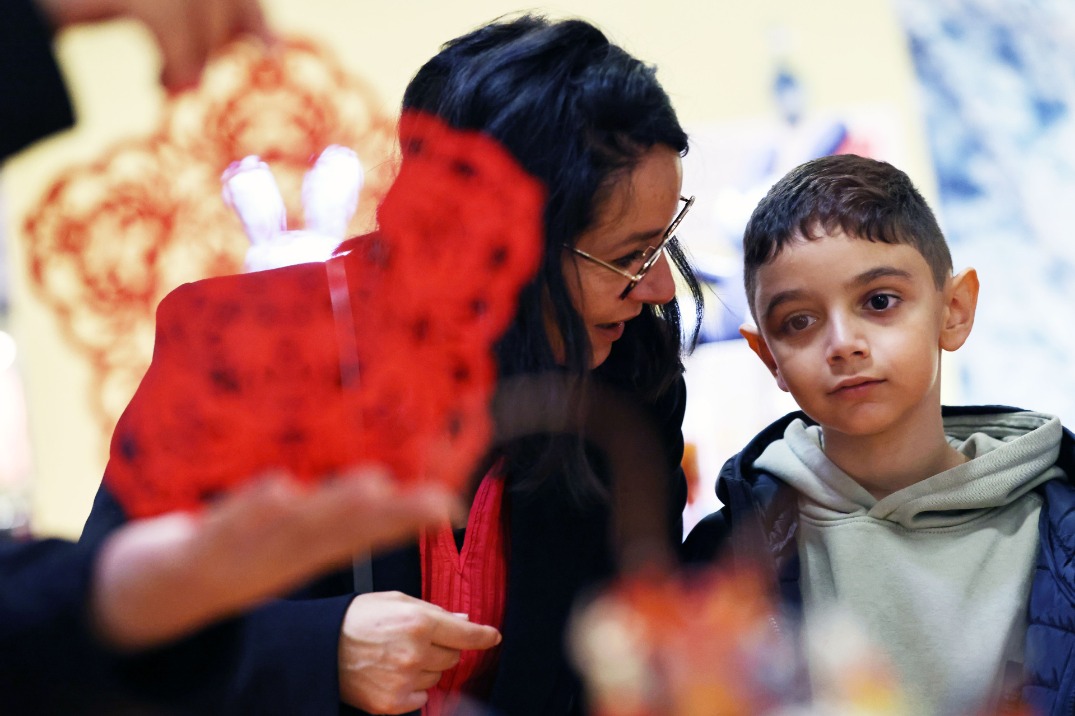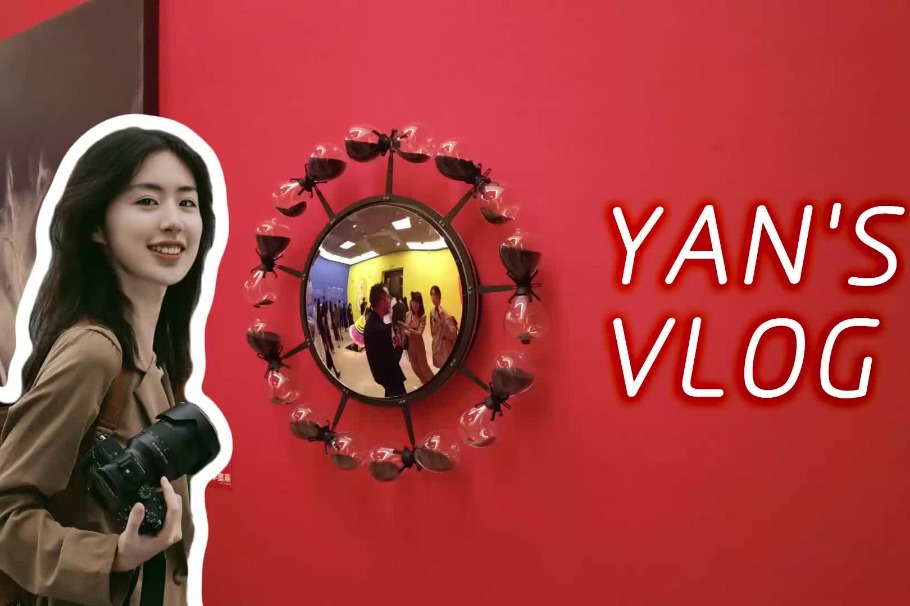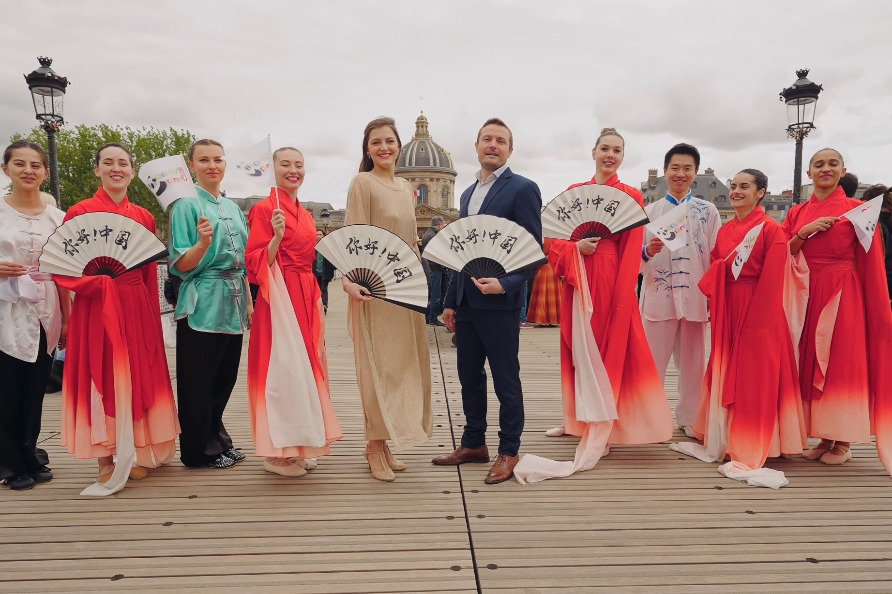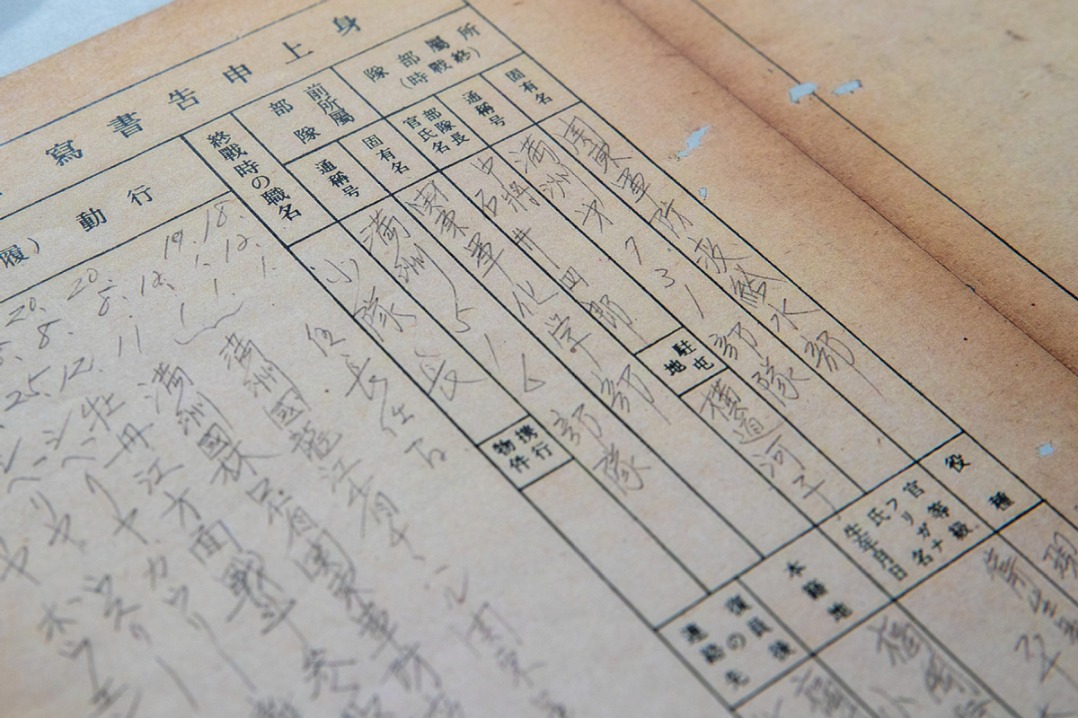The jewel in China's crown
Throughout the nation's history, the southern region of Jiangnan has consistently stood as a beacon of culture, beauty and abundance, even in the most troubled of times, Zhao Xu reports.
By ZHAO XU | CHINA DAILY | Updated: 2024-01-06 09:47
Brushes with greatness
When it came to taste, Jiangnan had the final word. This was even truer in the sphere of high culture. Landscape painting, the tradition of which started in China in around the 7th century, found its ultimate expression in the vistas of Jiangnan's water-rich scenery, which it in turn helped to eternalize.
"Landscape became a primary subject matter, and the works collectively went through a transition from the stark, vertical compositions of the Northern Song to a horizontal format to which the watery environment readily lent itself," says Von Spee.
As towering mountains gave way to rambling waters, numerous hand-scrolls — as opposed to hanging scrolls — were painted, making the viewing experience similar to the one a person would have ambling along a river bank. One of them, on view in Cleveland, was painted by Mi Youren, son of calligrapher Mi Fu, in 1130. It was a thank-you gift for a friend, who had provided the younger Mi with shelter after his arrival in Jiangnan following the relocation of the Song court.
Both father and son were celebrated by the Southern Song emperors, who not only championed, but also practiced, art — most notably painting and calligraphy — with a fervor not to be repeated in Chinese history. The cultural and economic strengths Jiangnan gained during this time were to stay with her, although the region, after Southern Song, almost never served as the political center of a Chinese empire — except for the initial few decades of the Ming Dynasty.
Densely cultivated fields routinely appear in Ming-period landscapes, testifying to an embrace of realism that also led the painters to capture the merchant ships "gathering like clouds" around the mouth of the Chang Gate, an intersection of three major streets and a canal in the modern-day city of Suzhou which, before the rise of Shanghai in the late 19th century, was Jiangnan's — and China's — biggest commercial center.
In 1689, the Chang Gate had a special visitor — Emperor Kangxi of the Qing Dynasty (1644-1911), whose Manchu ancestors defeated the Ming troops and who, clearly recognizing Jiangnan as the jewel in the crown, traveled to the region six times during his 61-year-long reign.
























